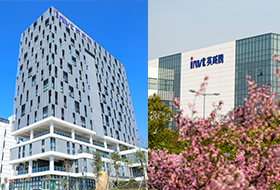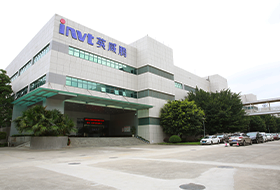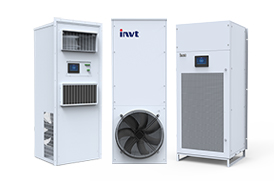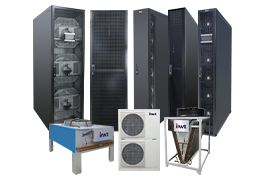How to effectively avoid ransomware when servers are hosted in data centers?
When servers are hosted in data centers, security measures need to be tighter to ensure the servers are protected from ransomware attacks. Here are some effective strategies and measures to help you reduce your risk:
1. Choose a reliable data center
First, choose a data center with a good reputation and strict security measures. Ensure that the data center has a complete security system, including physical security, access control, monitoring and alarm systems, etc. Find out if the data center has additional security measures in place to protect hosting servers from ransomware attacks.
2. Implement the principle of least privilege
Ensure that each application and service on the server has only the minimum permissions required. Limit access to sensitive data and protect servers with strong passwords and multi-factor authentication. Avoid using general-purpose accounts with excessive permissions; use separate, limited-privilege accounts for each application and service.
3. Keep operating systems and applications updated
Keep operating system security patches and application versions up to date. This helps close known vulnerabilities and reduce the risk of exploitation. Make sure data center administrators also regularly update and patch the software on the servers.
4. Use a secure network architecture
Ensure that the server's network architecture is properly designed and take necessary measures to protect the security of data transmission and storage. Use encryption technology to protect the confidentiality of data during transmission and storage. Implement security devices such as firewalls and intrusion detection systems (IDS/IPS) to monitor and defend against potential threats.
5. Back up data
Back up all data regularly and make sure the backup data is stored in a safe place. If a server is attacked by ransomware, uninfected data can be restored to reduce losses. At the same time, ensure that the data center provides adequate backup and recovery services to quickly restore data in an emergency.
6. Implement security audits and monitoring
Conduct regular security audits of servers to check for unusual activity or potential malware. Implement a comprehensive monitoring system to collect and analyze server security logs to detect and handle security incidents promptly. By monitoring the server's network traffic and file activity, abnormal behaviors can be discovered in time and corresponding measures can be taken.
7. Strengthen access control management
Limit remote access to servers and secure remote access channels with strong passwords and multi-factor authentication. Regularly review the server's access logs to ensure there is no unauthorized access or unusual behavior. Implement strict authentication and authorization management for those who need to access the server remotely.
8. Establish an emergency response plan
Develop an emergency response plan for ransomware and clarify the procedures and responsibilities in the event of a security incident. Conduct simulated attack drills to improve your ability to respond quickly to real attacks. Maintain close communication with data center administrators to ensure that measures can be taken quickly to deal with security incidents when they occur.
9. Improve employee safety awareness
All employees should receive cybersecurity training and understand the basics, dangers, and prevention measures of ransomware. Through training and education, employees are made aware of the importance of network security, and a security protection system in which all employees participate is formed. Make sure every employee understands their role and responsibilities in cybersecurity.
Summary:
When servers are hosted in data centers, taking a series of comprehensive security measures can effectively avoid ransomware attacks. By choosing a trustworthy data center, implementing the principle of least privilege, keeping operating systems and applications updated, using a secure network architecture, backing up data, implementing security audits and monitoring, strengthening access control management, and establishing emergency response plans, you can greatly improve your performance. Reduce the risk of server ransomware attacks. At the same time, enterprises need to continue to pay attention to the development of network security threats and constantly adjust and improve security policies and processes to respond to changing security threats.

 networkpowersales@invt.com.cn
networkpowersales@invt.com.cn



























